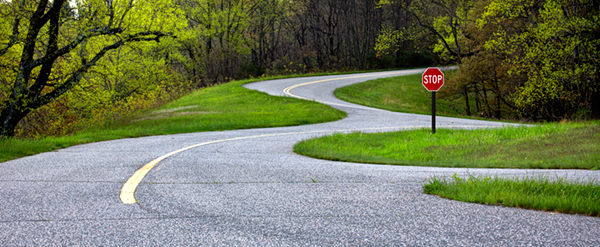Why slow is good....
I am a believer that sometimes, slow is good. Now, that might run into some people's perception of me, that I tend to like to do things quickly. But I am more drawn to things that are slow, like a meal cooked in a slow cooker, or a movie or TV show that has a long and well-constructed storyline. I don't need that instant gratification all the time. And when it comes to two things in my life, slow is particularly sought out.
One of the "slow" areas of my life is photography. For many photographers in the digital age, the advent of digital SLRs, with small screens on the camera back to help you see what you just took, and all the capabilities of post-production image manipulation, allow for quickness in taking and disseminating images. And while that can be attractive, for me, photography was always a slow process. It's not quick for me.
This past week I attended a meeting of other landscape photographers. Other than the host/instructor, I was the only "film" person there, and he took advantage of me being there to have me explain why I shoot film, and why I shoot with a large-format camera. And while I felt slightly out of place among all digital photographers (save the instructor), I now feel the urge to take that camera of mine and return to the field, and start doing that imagery again.
One of the reasons why I like to shoot large format is that it is slow and deliberate work, and has to be thought out and planned. You don't just raise the camera to your face and "snap" the image, or look at the back of your DSLR and say you don't like it, and delete it. Large format photography is the art and skill of taking a strong emotional response to the subject - be it a landscape, or a city scene, or a still life, or a person modeling for you - and trying to take ALL of what you see and feel and distill it to a 4x5" negative or transparency. There are steps that have to be taken to get that one shot: pre visualizing either by mentally composing the scene in your mind or having a card with a rectangular opening to so you can see how that image will look; setting up the camera, selecting the lens, and maybe adding a filter to the lens to enhance the scene; checking and rechecking the exposure with a spot light meter; focusing under the dark cloth (or focusing cloth) against the ground glass image, which is upside-down and inverted; finally, after all that, you mentally go "does this image capture what I am feeling?" Often you say no, and you break the camera down, without taking the photograph. That is the discipline of this art: trying to capture something big onto something small and still retain the emotion. It is a slow process, but in being slow, it requires you to think, to be contemplative and thoughtful, not just random. And that I why I love it so much.
It's kind of like fishing, which is a slow process, particularly if you fly-fish, and have to select a fly that mimics the catch. Fishing takes time, takes patience, takes skill, takes selective gear and tackle, but in the end is rewarding. And it's slow: if you're fishing with bait from the shore, you can wait a very long time for a bite. Even fishing from a boat requires patience. But as with the photography, it is very rewarding.





Comments